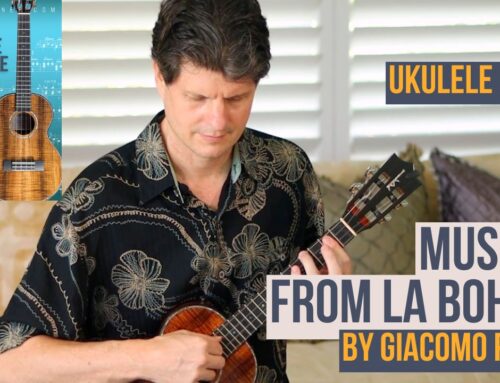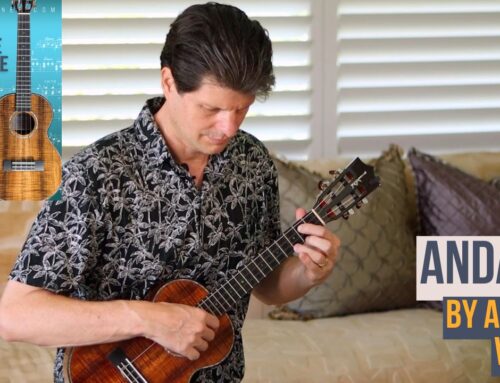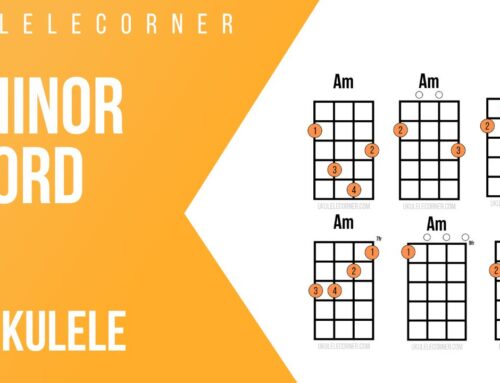Andreína, Venezuelan Waltz No.2
Natalia, Venezuelan Waltz No.3
Venezuelan Waltzes on Ukulele
In this video Jeff Peterson plays his arrangements of two Venezuelan Waltzes on ukulele by composer and guitarist Antonio Lauro (1917 -1986). Venezuelan Waltz (Vals Venezolano) No.2 is also called “Andreína” because Lauro dedicated the piece to his niece with the same name. Waltz No.3 is also called “Natalia,” in homage to his daughter. Jeff’s Low-G arrangements for ukulele brings these classical guitar pieces to the ukulele.
Lauro’s Venezuelan Waltzes
Lauro composed many waltzes (or valses) during his life. But, Andreína and Natalia are two of four waltzes (or valses) that Lauro grouped together in a set called “4 Venezuelan Waltzes.” This set has become important Latin American music in the classical guitar repertoire.
The four waltzes have different dedicatees, usually family members of Lauro. Here is a list of each piece with their titles:
- Venezuelan Waltz No.1, Tatíana
- Venezuelan Waltz No.2, Andreína
- Venezuelan Waltz No.3, Natalia
- Venezuelan Waltz No.4, Yacambú
Each of the waltzes is characterized by mixed meters, sometimes referred to as “hemiola,” switching back and forth between a rhythmic feel of 3 over against a feel of 2 (sometimes overlapping these feels). This gives the music a lot of drive and syncopation.
Venezuelan Waltz No.2 by Lauro
The second vals, Andreína, starts with a fast scale that builds into a beautiful, almost melancholic melody on the top. There are characteristic moments of interruption of the moments where both the rhythmic feel and the melody feel suspended before the motion continues. The fast tempo helps convey the energy of the dance.
The piece is divided into two sections, a minor section that then moves into a more cheerful major section and returning to the minor.
Venezuelan Waltz No. 3 by Lauro
“Natalia” is perhaps Lauro’s most popular composition. The piece has a driving forward-moving rhythm with a bass line that creates syncopation with the energetic melody. Again, there are two sections, one minor and the second major.
Venezuelan Waltzes arranged for Ukulele
Jeff’s arrangements are both for low-G ukulele and uses the same familiar shapes and patterns that classical guitarists will be used to. That means we are playing in the sounding pitch of A minor on ukulele, but a guitarist will recognize familiar E minor patterns and shapes. It is surprising just how well the music works on only four strings, with very little that needs sacrificing.
We hope you enjoy performing this vibrant music from Latin America on ukulele!




Leave A Comment